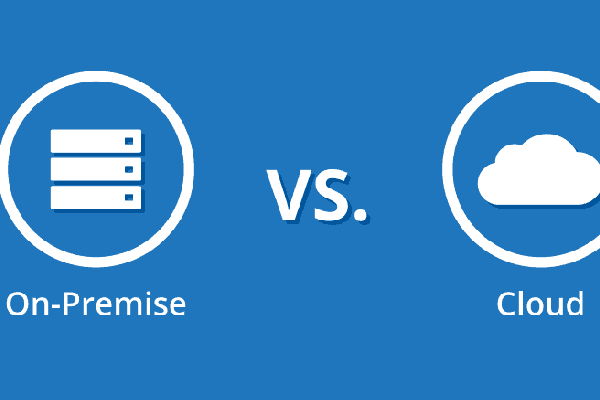On-premises applications and cloud services

Cloud computing is the use of Internet-based resources to provide a variety of services traditionally performed on local servers with an internal data center. It has become much more popular recently as it can increase productivity and efficiency for many organizations by eliminating expensive hardware, software licenses, staffing costs and energy usage in mainframe jobs in virginia. These cloud applications are among some that have been used in recent years:
Webapps—
Web-based programs delivered to users via web browsers; these apps also utilize backend databases like MySQL or Microsoft SQL Server which can be migrated from your own infrastructure onto Amazon's Elastic Compute Cloud (EC2) using one method depending out if you need public domain hosting or private domains respectively. Desktop Apps—Custom built packages deployed locally through disk imaging processes then utilizing desktop
Lifting and shifting is the process of moving all on-premises servers to a cloud server, where they can run more smoothly. The pre-work for lifting and shifting includes testing apps before migrating them into new environments, as well as performing some basic maintenance on your systems beforehand. This way you don't have any surprises while working in the cloud!
The investment in re-engineering the process of migrating to a public cloud will be worthwhile due to its higher ROI and improved performance. If you have an application that needs upgrading for any reason, it is worth considering whether or not your company should build with this new technology from scratch on top of something readily available like Amazon Web Services (AWS). Once built, there are various methods for incorporating data into AWS such as backup/restore services which allow businesses easy access without having to migrate all their information over at once. The decision between building a brand new app versus one based off what's already been done can seem daunting but if time isn't on our side then we might need both speed AND security--which only comes when redeveloping everything from Legacy applications
- Legacy applications are a huge investment and resource drain for many organizations. Workers who need to use these legacy apps all day, every day cannot switch over easily because of the change in operating system or software requirements that come with newer ones- which also have endless upgrades themselves. Despite this downside there is hope! The reality is that sometimes older programs outperform cloud computing systems - especially when it comes to back office support like accounting suites and customer relationship management solutions (CRM). With lifting and shifting techniques available companies can retain their old work horses while still taking advantage of new technology by letting them run independently on top of current platforms without being bound by an antique codebase.
Many SaaS companies offer both hosted and on-site options for their software. This might be a better option if there are any security concerns or compliance requirements, as the company can provide security measures to match your needs more closely. It's also worth considering whether you need access to configuration features that may not be available in all versions of the product line; some products only release certain functionality in an advanced version which means they don't have it at all in other editions so make sure to check before migrating over!
The article talks about how organizations should consider going from on-premise applications (old) into cloud based apps like Software as Services (), such as Office 365 (). The process seems pretty similar just without having users transfer data themselves or ret
Mainframes -
Mainframes are still found in many different industries, and they will continue to exist for the foreseeable future. But if you're thinking about migrating away from mainframes - whether it's off-site or on a public cloud somewhere else - then be sure that your company is ready for this before making any rash decisions.
